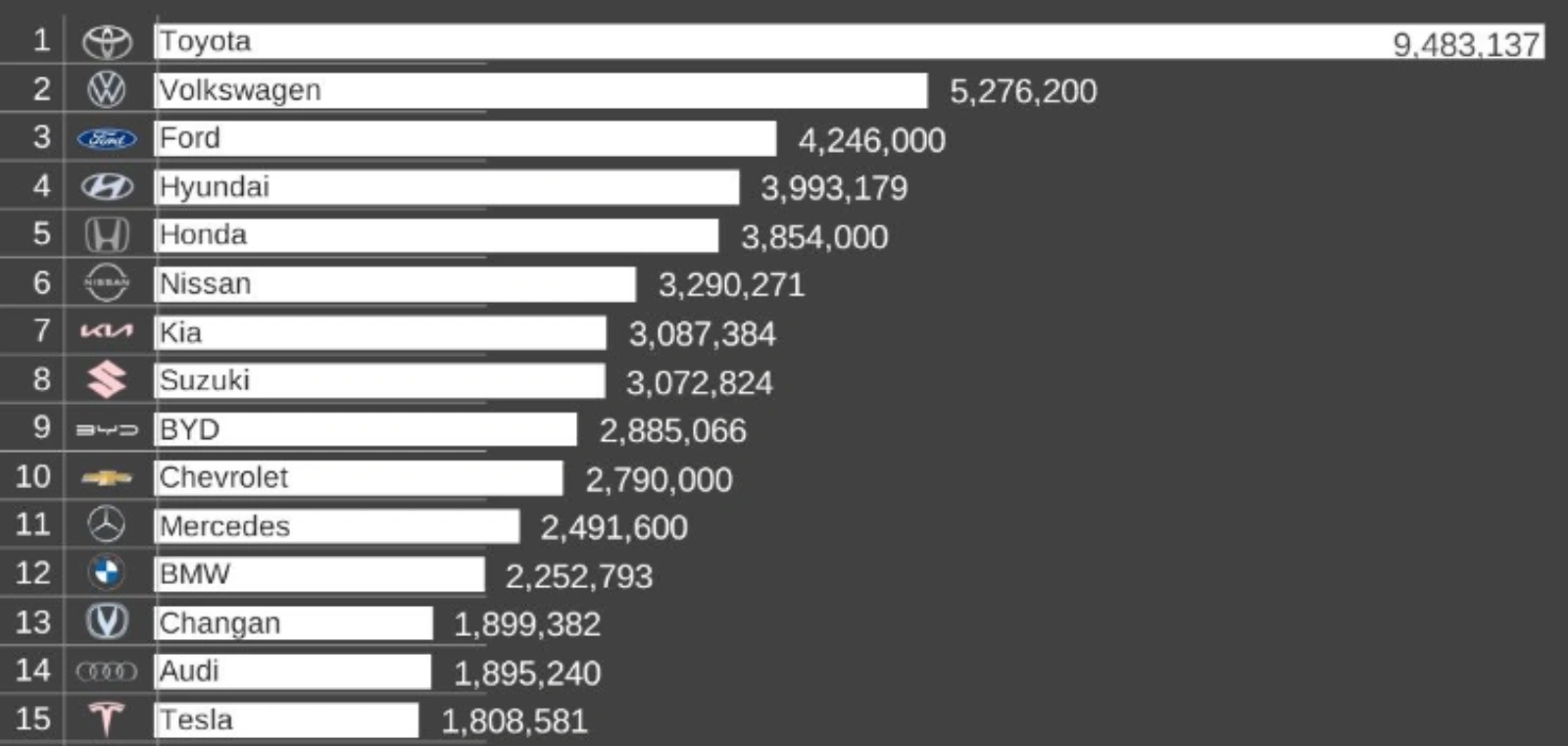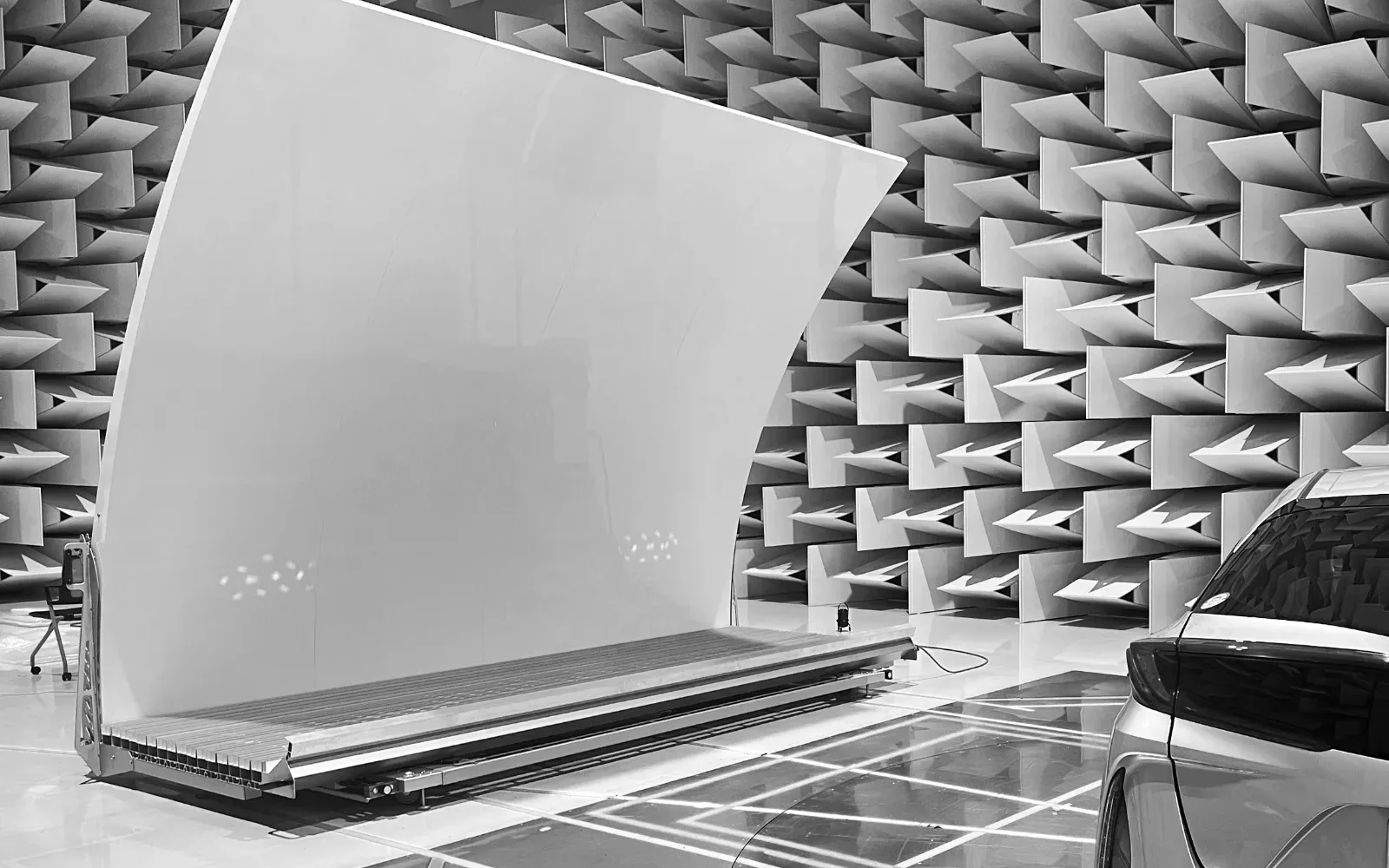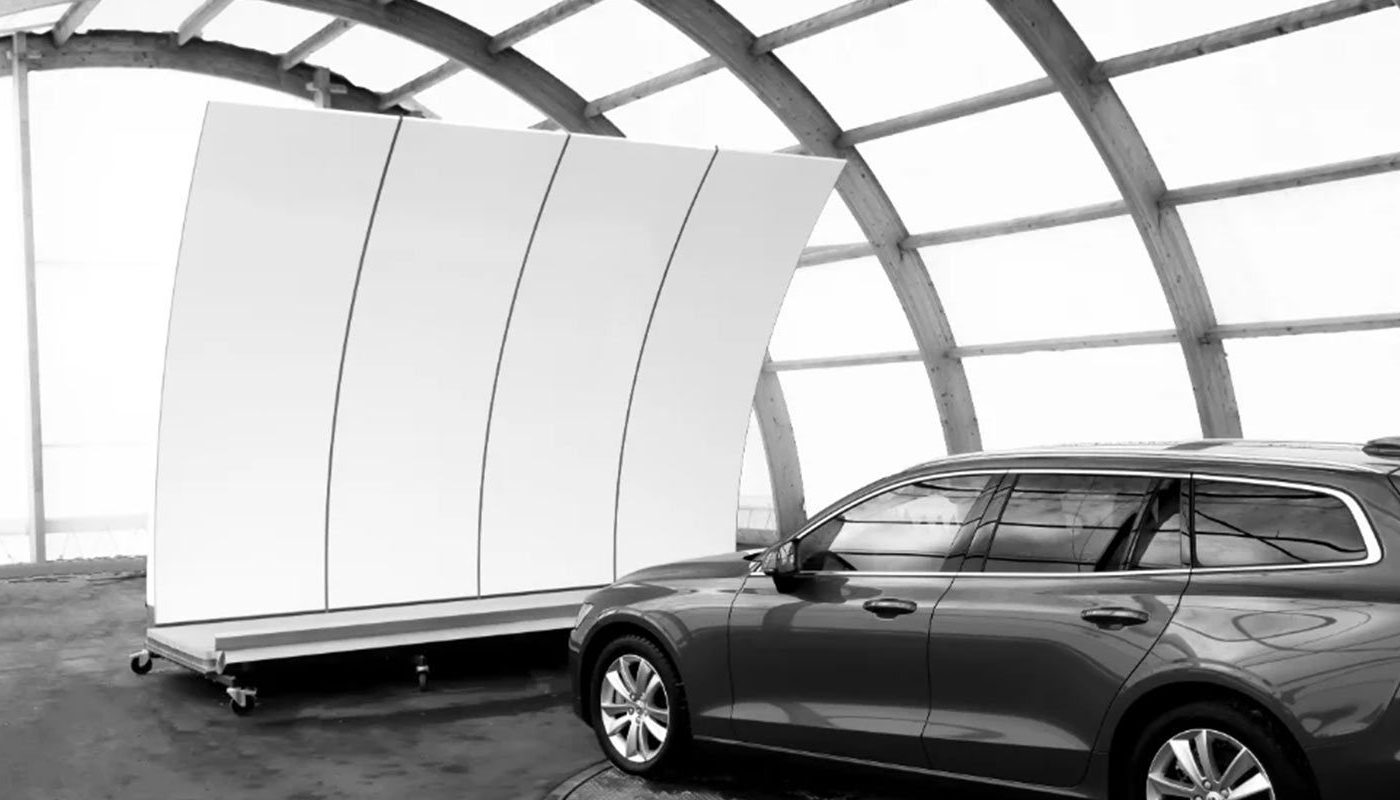2024-04-10
In this episode of Executive Talks we look into some intriguing insights shaping the automotive industry. We dig into which automakers that are dominating the market, robotaxis, and other advancements for autonomous vehicles. Let’s explore the latest trends below.
World’s top-selling car brands in 2023
We dive into a breakdown of the largest car manufacturers globally. Topping the charts is Toyota, maintaining its stronghold closely followed by Volkswagen. Ford secures its position in the top ranks, alongside Korean and Japanese brands like Hyundai, Honda, Nissan, Kia, and Suzuki. Notably, Chinese company Build Your Dream (BYD) makes waves, surpassing even Chevrolet and Mercedes. Also, worth noting is that Mercedes slips out of the top ten, now residing in eleventh place.
Main take-aways:
- Toyota is still number one and maintaining dominance in the market
- BYD’s outselling Tesla in electric cars (EV) underscores China’s growing influence in the automotive sector
- RanLOS resellers are all located in the top geographies in the list

Source: Felipe Munoz, Car Industry Analysis. Find the full post on LinkedIn here.
Hyundai’s self-driving robotaxi
Hyundai takes the spotlight when they promote their self-driving robotaxi, the IONIQ 5, passing a driving test and getting a driver’s license. The robotaxi is developed in collaboration with Motional. The video below shows how the driving test was performed and the score the IONIQ 5 got. These advancements mark a significant step forward for autonomous mobility, promising safer and more efficient transportation solutions.
Note: This is an ad for Hyundai.
Nvidia’s development for autonomous vehicles
When talking about autonomous vehicles, we need to mention Nvidia since they emerged as a big player in the market. With a dedicated division for autonomous driving, Nvidia leads the charge in developing cutting-edge technology to power self-driving vehicles effectively.
- Nvidia’s central computer system promises enhanced processing power, streamlining data management in self-driving cars.
- The integration of the powerful Nvidia DRIVE THOR will be integrated in all ZEEKR cars from 2025 signals a pivotal shift towards centralized processing in autonomous vehicles.
- During the Nvidia event GTC in March 2024, they also announced that BYD (Build Your Dream) will have Nividia DRIVE THOR in their vehicles in 2025. Do you want to watch more from the GTC event – watch this video.
Navigating the future: Rapid development and progress
The automotive landscape is evolving at a fast pace, driven by innovation and technological breakthroughs. As development accelerates, the future holds boundless possibilities, reshaping how we perceive automotive transportation.
- Advancements in autonomous driving technology are poised to revolutionize the way we commute, offering safer and more efficient transportation solutions.
- With better in-vehicle computer systems, self-driving cars will keep becoming smarter, safer, and more capable every day
Final thoughts
We are on a journey towards a smarter and more connected future, the automotive industry stands at the edge of a transformative era. From the giants leading the charge to new innovations reshaping mobility and transportation, the road ahead is paved with endless opportunities. Join us as we navigate the ever-evolving landscape of the automotive industry. Together, let’s work for a better connected society.
Do you like this kind of news and insights? Don’t forget to subscribe to our newsletter and follow us on LinkedIn for all the latest news.
List of sources:
- Car Industry Analysis: Read more here
- Hyundai, IONIQ 5 robotaxi: Read more here
- Nvidia GTC event: Read more here
Want to learn more?
Make sure to follow RanLOS at LinkedIn, have a look our latest news here or reach out to our employees.

Kallelse till årsstämma i RanLOS AB (publ)
Aktieägarna i RanLOS AB (publ), org.nr 559046-1116, (”RanLOS” eller ”Bolaget”) kallas härmed till årsstämma den 23 maj 2025 kl. 14.00 på Flöjelbergsgatan 20B, 431 37 Mölndal.

Förtydligande gällande pressmeddelande om styrelseförändring
RanLOS AB (”RanLOS” eller ”Bolaget”) vill göra ett förtydligande med anledning av det pressmeddelande som publicerades den 16 april 2025…

RanLOS utser två nya styrelseledamöter – strategisk förändring för fortsatt tillväxt
RanLOS AB (”RanLOS” eller ”Bolaget”) har utsett Per Adamsson och Susanne Schilliger Kildal till nya ledamöter i Bolagets styrelse. Förändringen är ett led i Bolagets strategiska satsning på tillväxt inom









